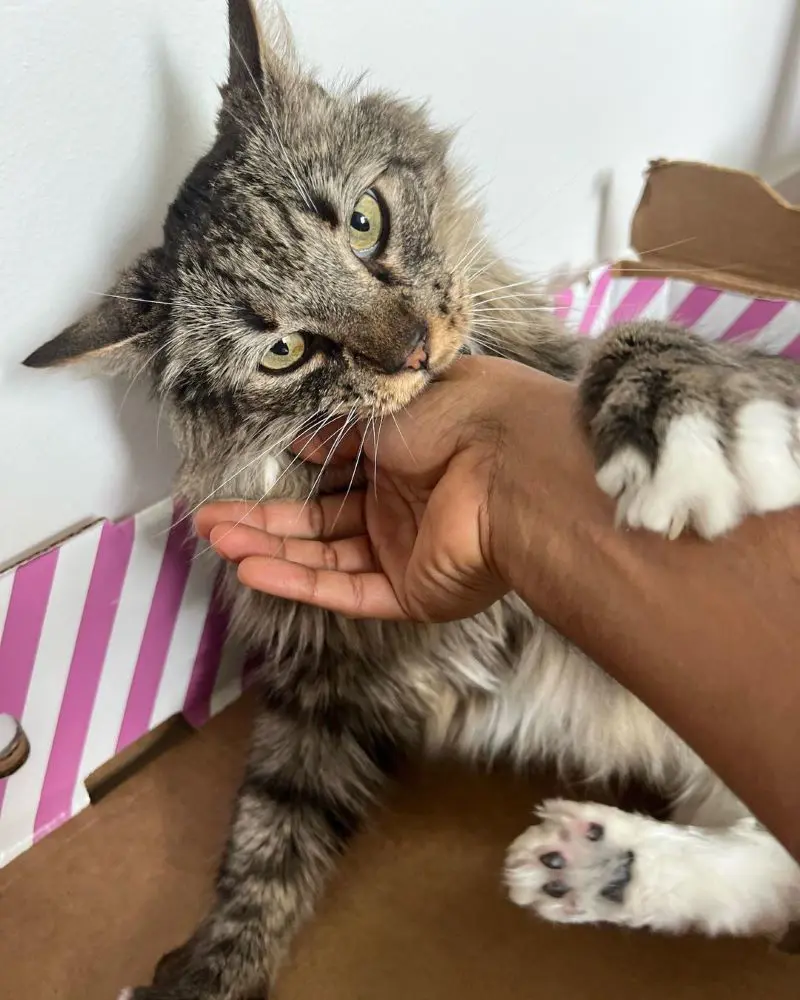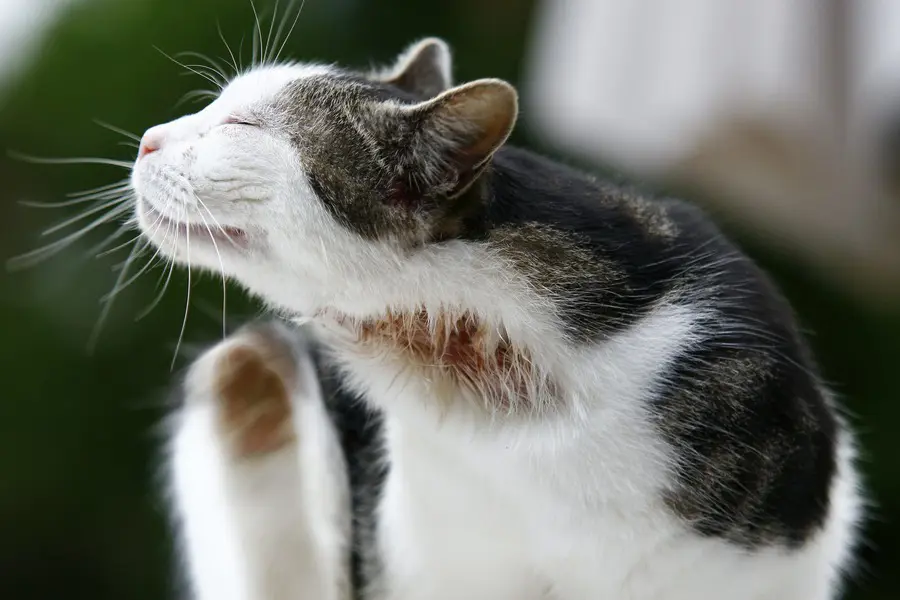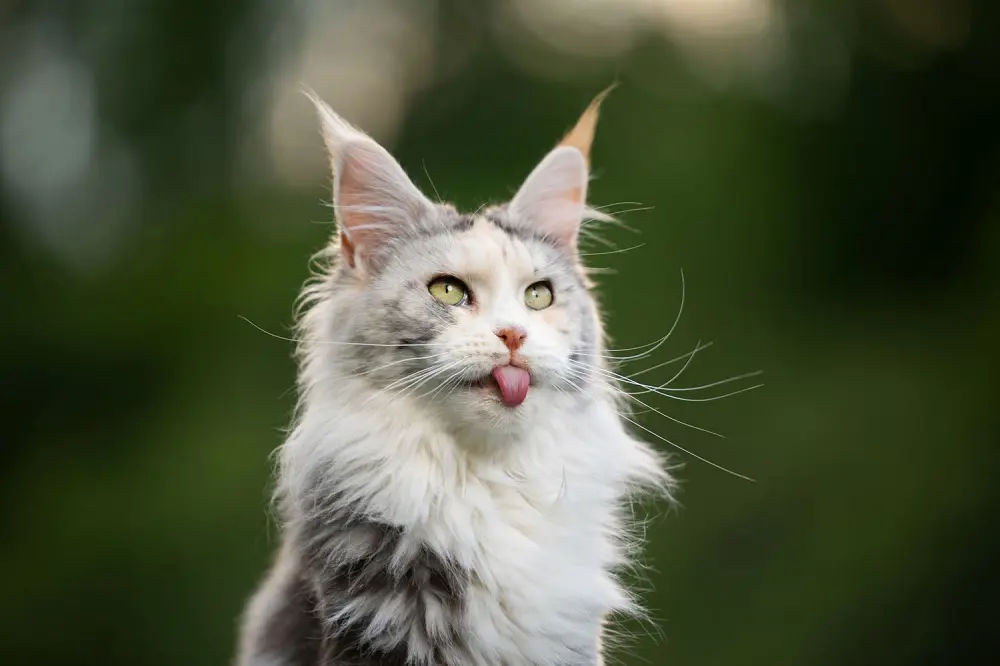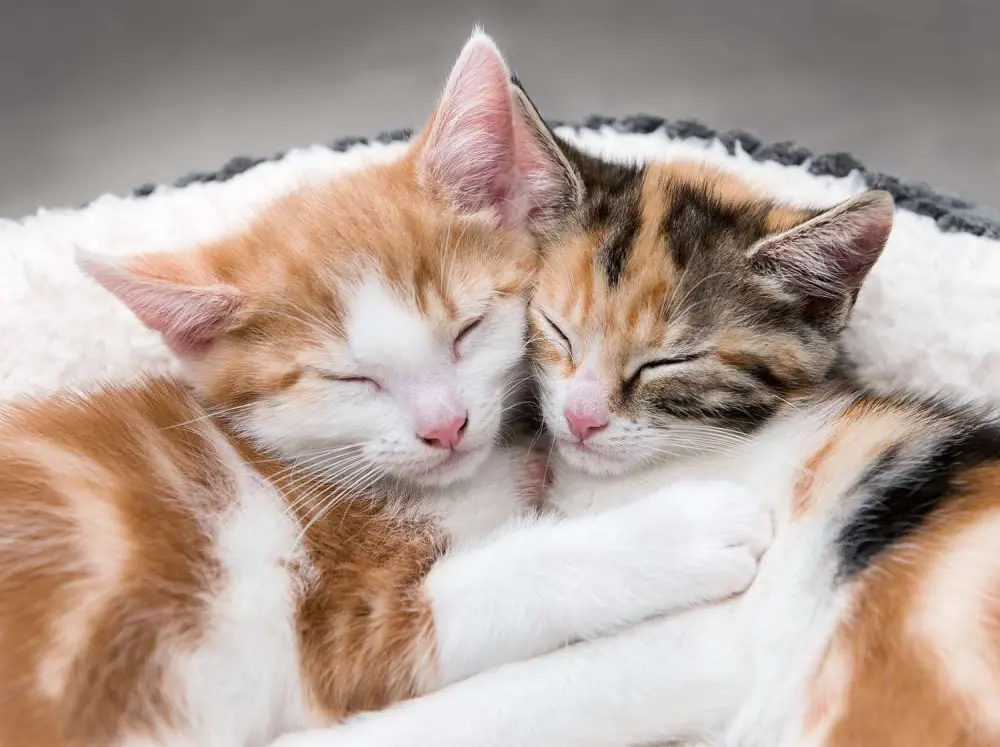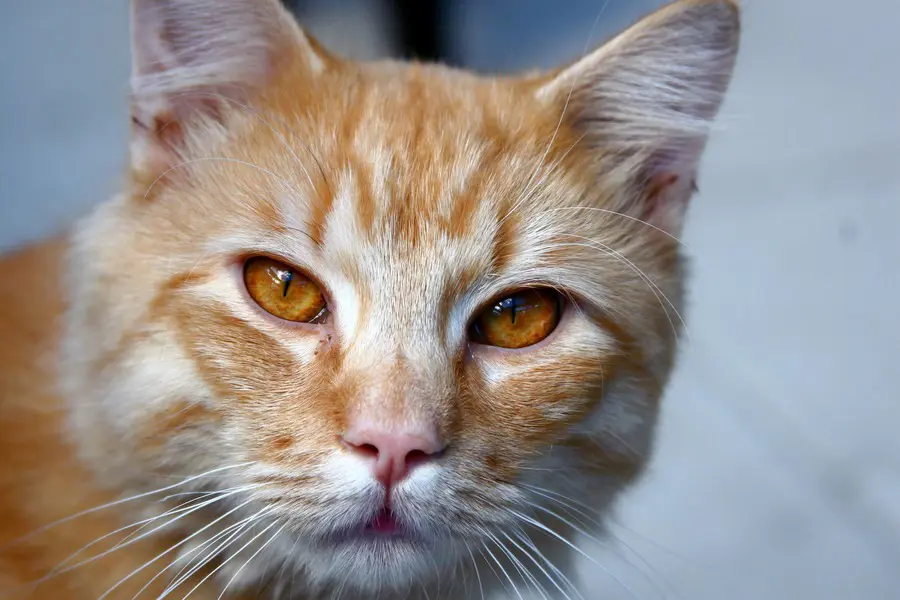18 Signs Of Ringworm In Cats
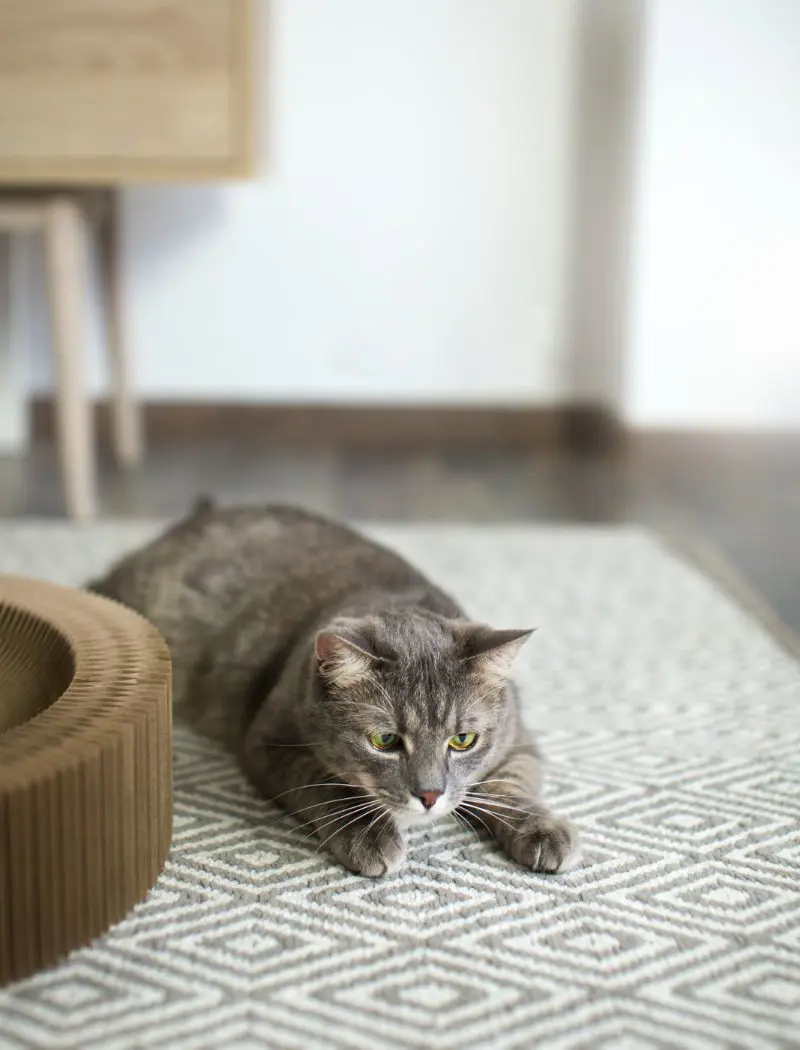
Ringworm is a highly contagious disease that is commonly caught through contact with infected cats and is very common in kittens under the age of one. It affects long-haired cats more as the fungus gets trapped in the longer coat and is harder to remove.
Cats with ringworm show various signs such as dull fur, thickened patches of skin, and many more. This article discusses the different signs a cat may show while suffering from ringworm.
1. Circular Patches of Hair Loss
Circular patches of hair loss are one of the signature signs of ringworm in cats and can appear as distinct, round areas where hair has fallen out. Hair loss often occurs on the head, ears, and forelimbs but can also spread to other parts of the body.
The affected skin may appear normal or slightly red with a varying size ranging from small circles to larger areas. The patches can increase in size and number if left untreated and lead to more extensive areas of hair loss.
2. Red Or Gray Patches On The Skin
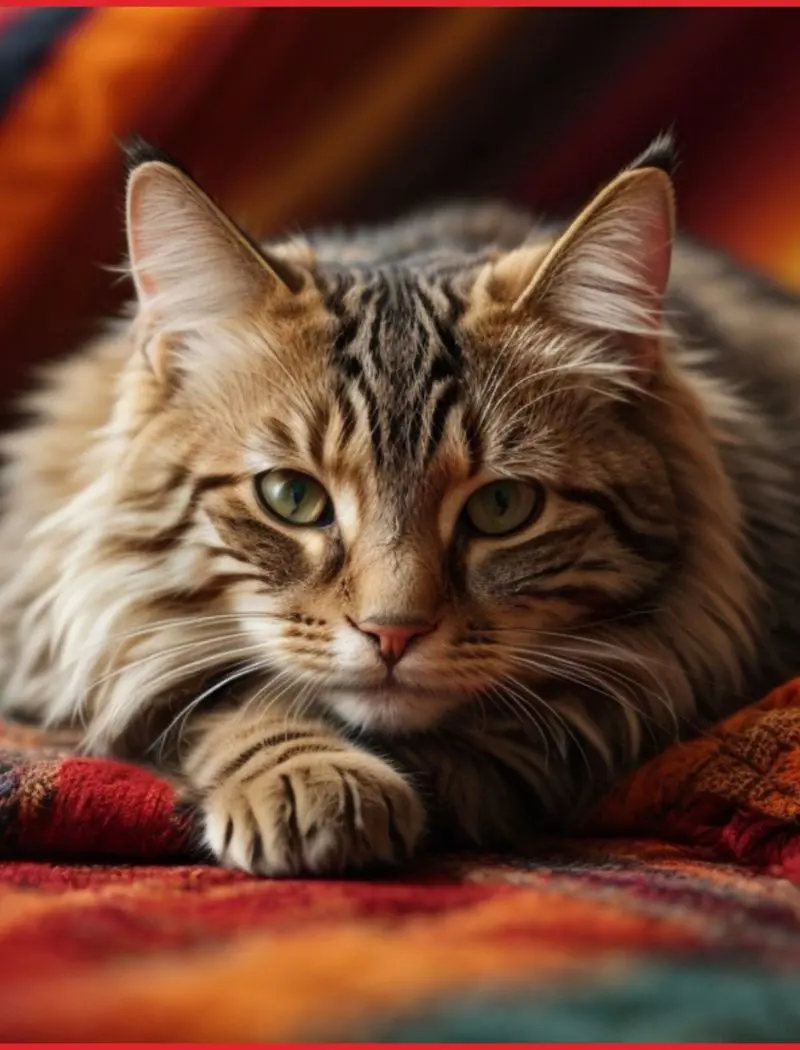
The patches may appear as round or irregularly shaped areas that can be red or even have a slight crust on the surface. It can also be scaly or flaky, and you might notice dry skin surrounding the patches that may feel rough or uneven.
The cat may scratch or groom excessively in areas that may be itchy or sensitive, leading to further irritation and hair loss. Cats may develop other secondary infections if they are not treated in time and worsen their overall health condition.
3. Scaly Or Crusty Skin
The skin of an infected cat becomes dry and flaky and presents small or yellowish scales that resemble dandruff. The skin may develop hard, crusty patches that are thickened and indicate an ongoing inflammatory response.
Scaly or crusty skin typically appears in patches on areas where ringworm is most active, such as the face, ears, and limbs. The texture can vary from light flakes to thicker, crusted patches that feel rough.
4. Itchiness
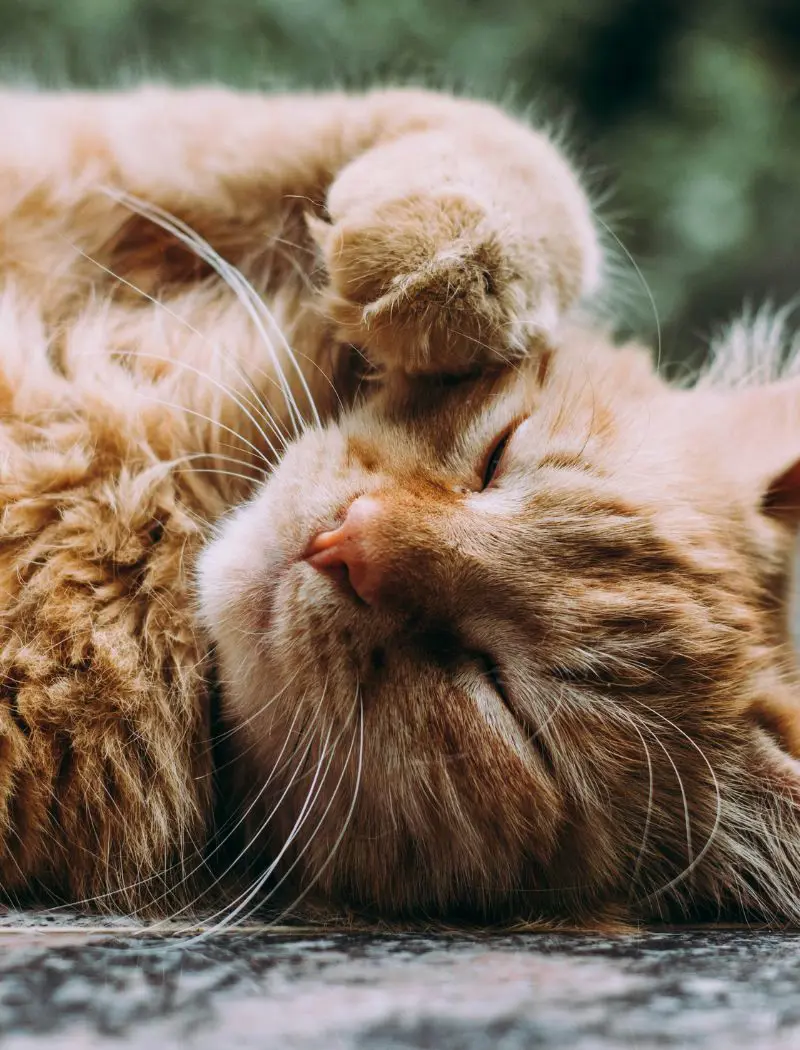
When a cat is infected with ringworm, the fungi irritate the skin and lead to an inflammatory response that manifests as itching and can prompt the cat to scratch or lick excessively in an attempt to relieve the irritation. The affected areas may become sore or red due to repeated scratching and further worsen the condition leading to hair loss and skin damage.
The intensity of the itchiness can vary as some cats may display mild discomfort while others may show severe itching that affects their quality of life. Cats with low immune systems or other health issues may experience more itchiness and may also show generalized restlessness or agitation as they seek relief from their discomfort.
5. Broken Hair
Ringworm affects the hair follicles, causing the hair shafts to weaken and become brittle, resulting in broken hair. It further leads to uneven fur and patches of hair loss on the cat's body where the infection is most active, such as the head, ears, and limbs.
Broken hair can appear short as it gives the fur an uneven look and can break at different lengths, leading to a patchy or untidy appearance. This can be stressful for both the cat and the owner due to the change in the cat's overall appearance.
6. Brittle Or Crusty Nails
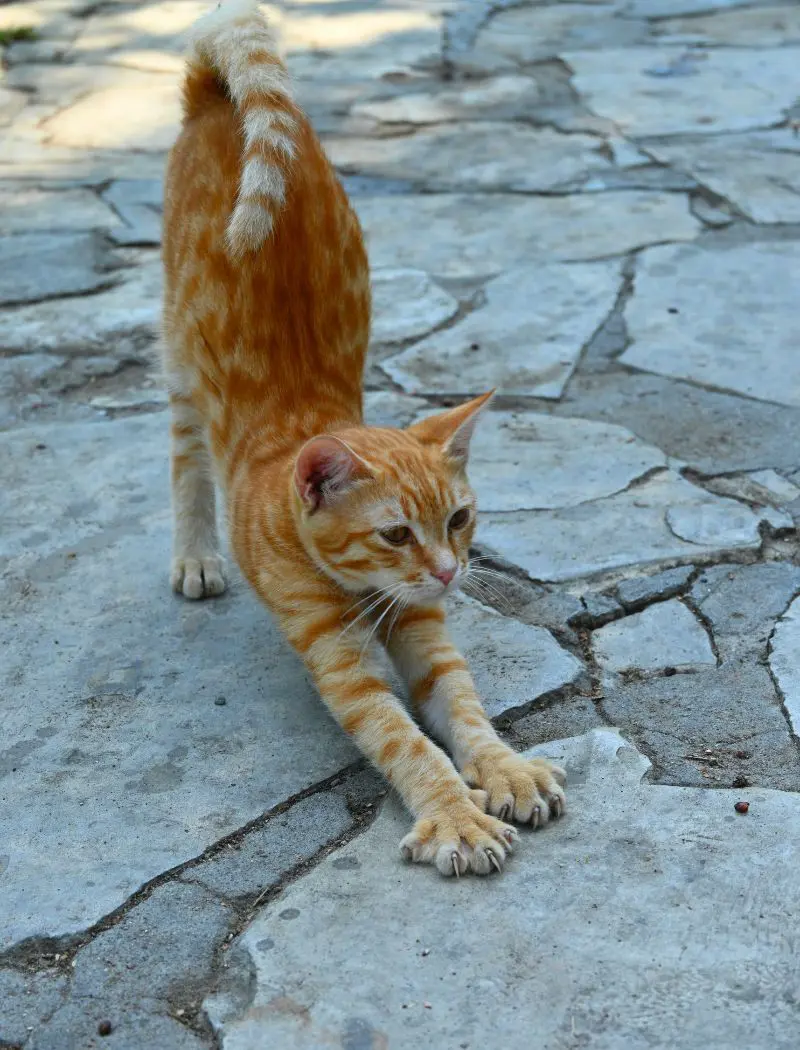
When a cat is infected with ringworm, fungi can invade the nails, leading to various changes in their appearance and texture. Infected nails may break or split as they become brittle as the infection weakens the nail structure, causing discomfort when the cat attempts to scratch or climb.
Crusty nails can also develop as the infection causes a buildup of waste and keratin on the nail surface and results in a thickened appearance or yellowish crust around the base of the nail. In severe cases, the nails may also become discolored and develop a foul odor due to other bacterial infections that usually happen after the fungal infection.
7. Raised Lesions
Ringworm creates raised areas or bumps that may become crusty or scaly over time. These lesions can be found in various places on the cat’s body like face and back, and may be accompanied by redness or hair loss in the affected spots.
Cats with raised lesions may feel itchy or uncomfortable, leading to increased scratching or licking of the affected areas, which can worsen the condition. Constant scratching can break the skin’s surface and result in open sores or secondary bacterial infections.
8. Inflamed Skin
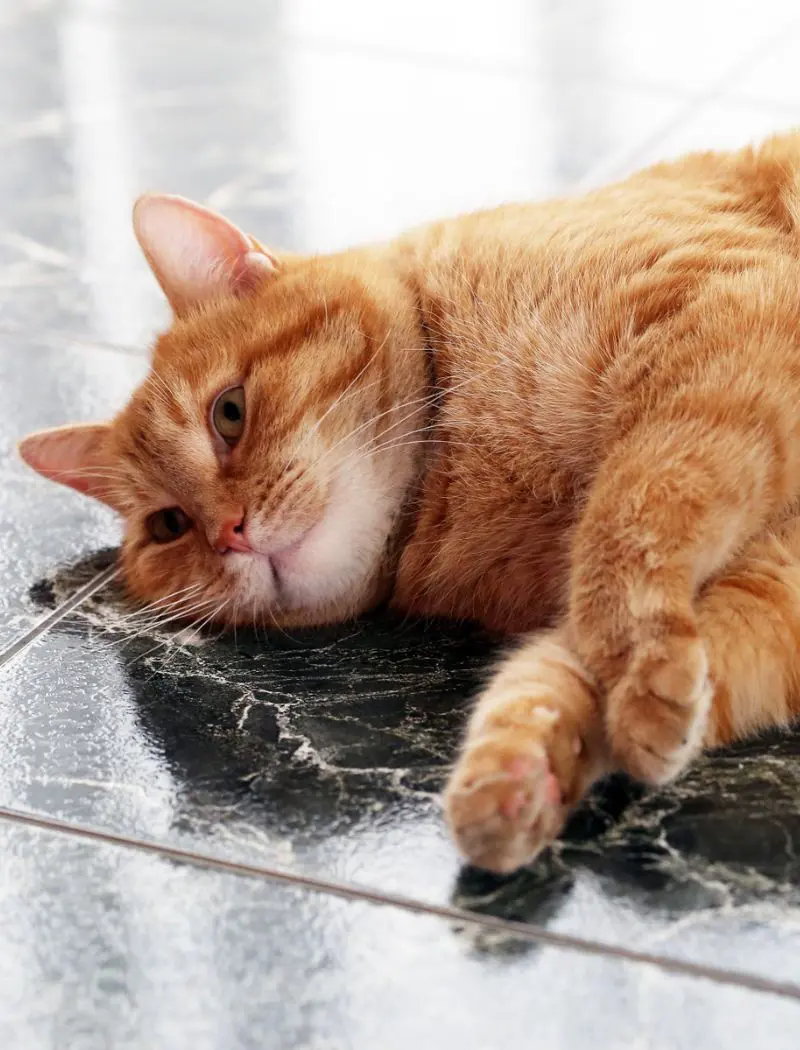
Inflamed skin is an important symptom that is known for redness and swelling in the skin of the felines. It occurs as the cat's immune system reacts to the presence of fungi invading the skin and may appear noticeably red and warm to the touch, indicating an active inflammatory response.
The severity of the inflammation can vary as it may show mild signs in some cats while others may show more noticeable symptoms. Infected regions develop scaly or crusty texture as the skin tries to heal and the inflamed skin can lead to the formation of lesions or patches.
9. Spreading Bald Patches
Bald patches usually begin as small, circular areas of hair loss that gradually expand over time. The skin beneath the hair may appear normal or slightly red in the beginning, but as the infection progresses, the patches can become inflamed and more pronounced. The affected skin may also show additional signs such as flakiness or crustiness and might feel itchy or sensitive to the touch.
The bald patches multiply as the infection spreads and can result in larger areas of fur loss which can be distressing for both the cat and its owner. The bald patches vary in size and their distribution can be irregular as they affect various parts of the body including the head, ears, limbs, and back.
10. Dull Coat
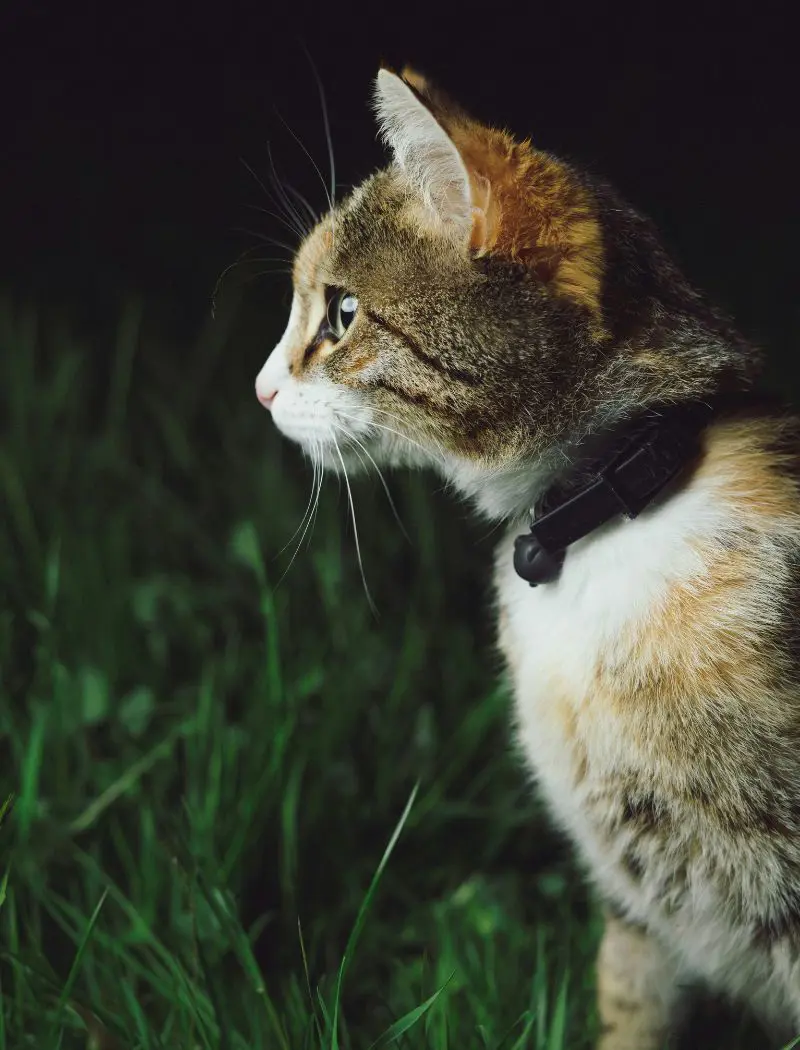
The fur of a cat with this disease often loses its shine and becomes lifeless because the infection damages the hair and skin. The cat might groom less than usual due to discomfort or itchiness, which can make the fur look even more faded.
Ringworm can also dull a cat’s coat by causing hair loss and irritation in certain spots. As the infection spreads, the cat may scratch more, which leads to more hair falling out and worsens the coat's appearance. This can create patches where the fur looks especially poor.
11. Excessive Grooming
Cats with this disease often feel itchy or irritated on certain parts, which leads to licking or scratching those areas more than usual. This constant grooming can cause the fur to look uneven or thin and bald patches may start to appear on the cat’s skin in severe cases.
As the cat tries to relieve its discomfort, the excessive grooming only makes the skin more irritated and can worsen the infection. The repeated licking can lead to other issues, like small wounds or sores, which might get affected if not treated properly.
12. Scabs
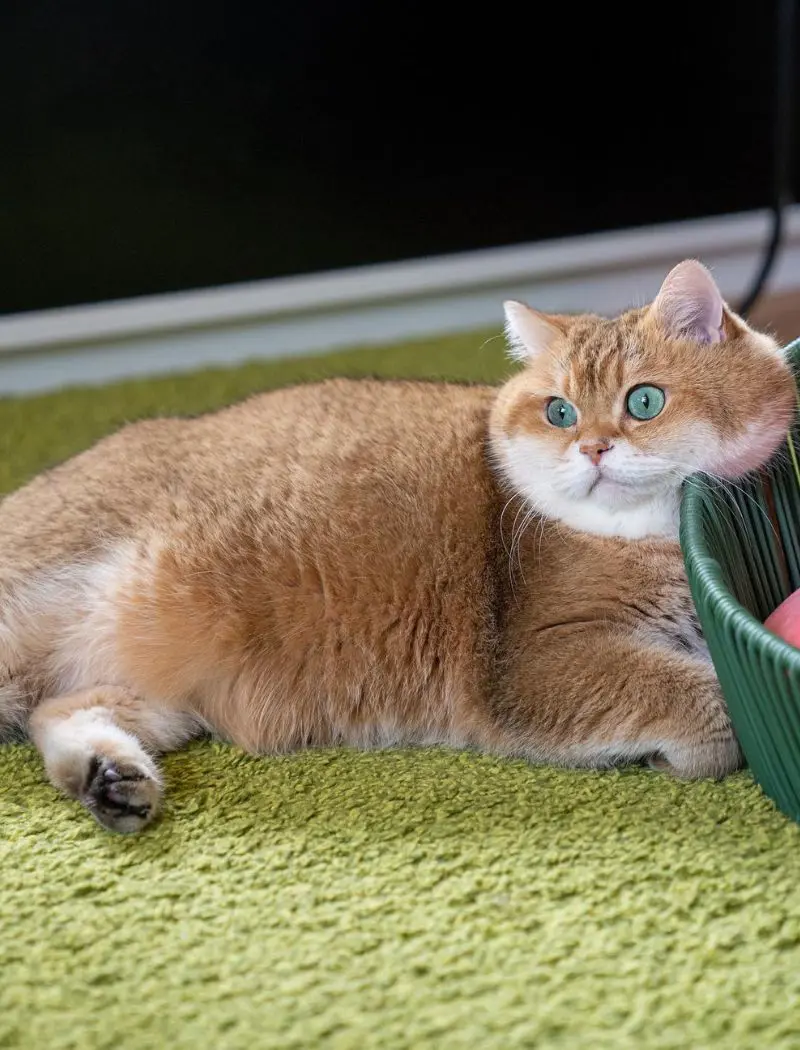
Scabs on a cat’s skin can be a symptom of this disease, which causes irritation and unease that leads the cat to scratch or lick certain spots frequently. When a cat scratches these areas a lot, small wounds can form on the skin, and develop into scabs as they begin to heal.
Scabs can vary in size and appear as crusty patches that feel rough to the touch. More scabs may form across different areas of the body as the infection spreads which makes the cat’s skin look uneven and sore.
Scabs can also worsen if the cat continues to scratch or bite at them. This constant irritation might prevent the wounds from healing properly and could even lead to infections if bacteria enter the open skin.
13. Greasy Coat
A cat affected by ringworm may produce excess oils and lead to a coat that feels sticky or looks shiny in an unusual way. This greasiness may also make the fur clump together in certain areas and give the coat a messy appearance that does not improve even with regular grooming.
A greasy coat can be more noticeable around the cat’s face and back, where the infection might be more active. Cats with greasy coats might also groom less often if the infection is causing them discomfort, which further contributes to the buildup of oils that make the fur look unkempt.
14. Odor
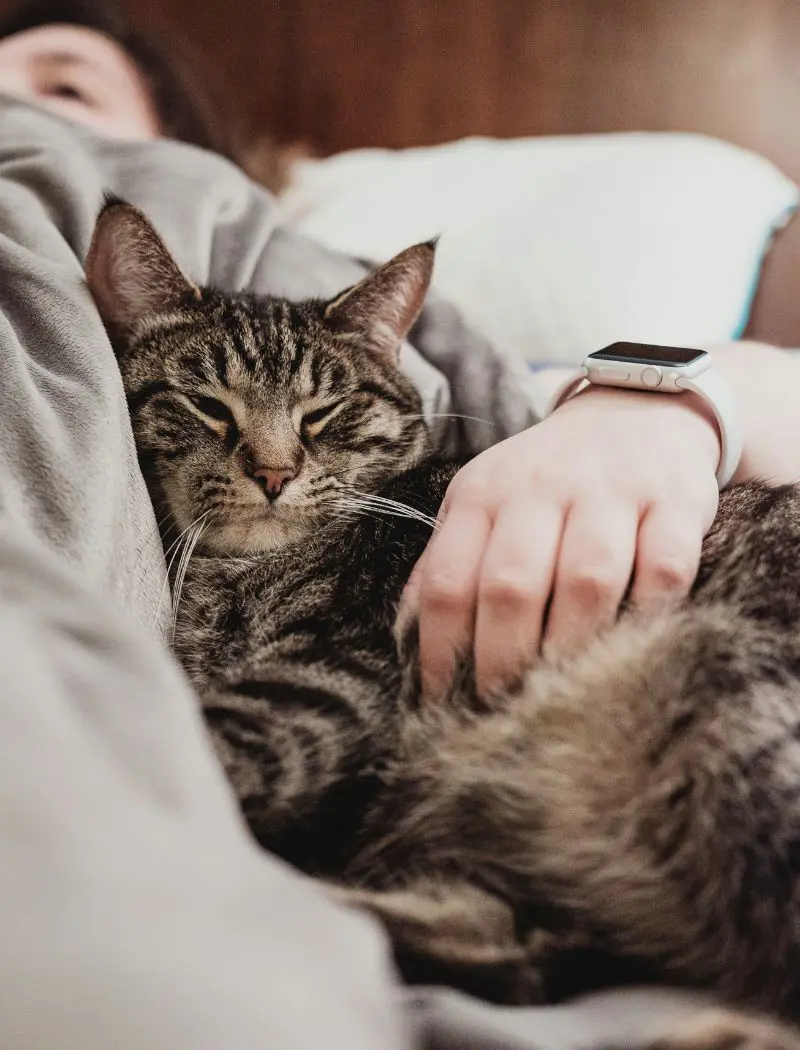
The dermatophyte fungi spread on the skin can cause irritation and create areas that become inflamed or even slightly infected which leads to a mild but unpleasant smell. This odor might be more noticeable in areas where the cat has been scratching or licking due to discomfort.
The affected skin area may produce a sour or musty smell if there is any buildup of oils or crusty patches where the fungi are most active. The odor may worsen if the cat’s skin develops secondary bacterial infections due to a weak skin barrier and damage caused by constant grooming, scratching, or scabbing.
15. Sensitive Skin
Sensitive spots on a cat with ringworm might cause the cat to flinch or react when touched around patches of hair loss or red, inflamed areas. Cats with sensitive skin may also scratch or groom excessively as they try to relieve the unease, which can make the skin even more delicate and open to damage.
Sensitive skin can also become more noticeable as the infection spreads and affects larger areas which makes it harder for the cat to feel comfortable. Constant scratching or licking can worsen the sensitivity and may sometimes lead to secondary issues like scabs or open sores.
16. Thinning Fur On Ears And Face
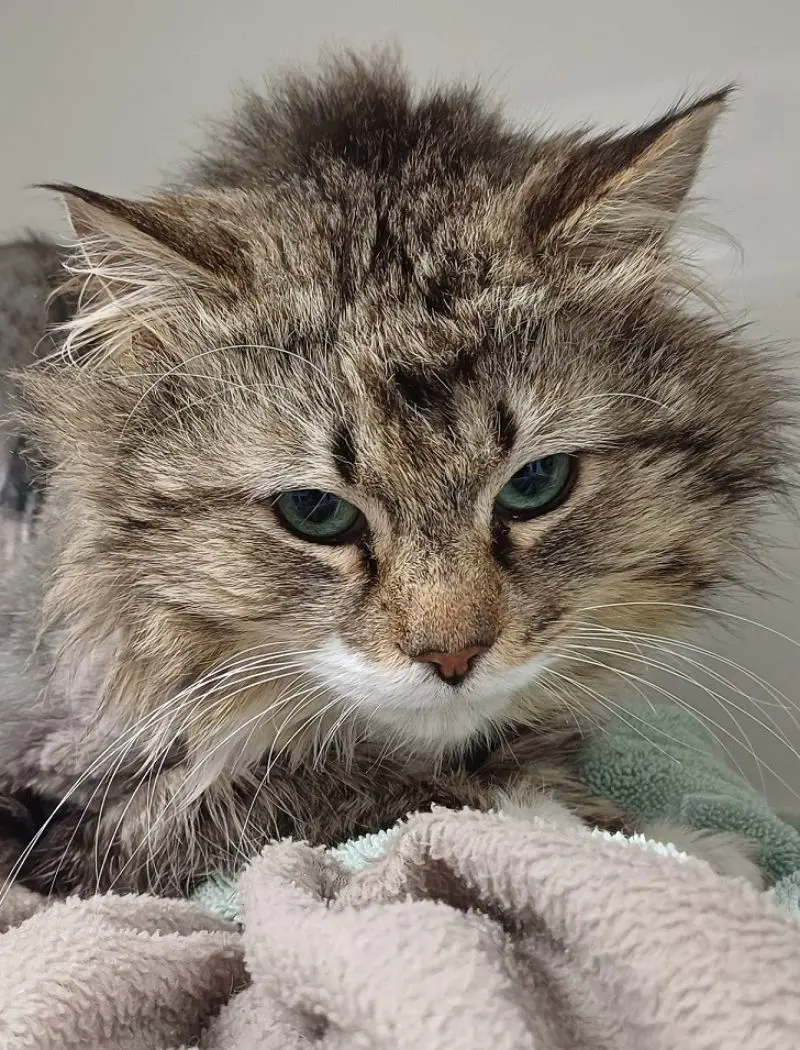
Ringworm can lead to patches where the fur appears noticeably thinner around the ears, nose, and cheeks. This thinning occurs because the fungi invade the hair follicles and cause the hair to break off or fall out more easily. These areas may also look dry or flaky and add to the visible signs of discomfort on the cat’s face and ears.
The thinning may become more noticeable as the infection progresses and creates uneven fur patches that stand out on the face where any fur loss is more noticeable. The cat might also scratch or rub these areas frequently due to the itchiness, which can contribute to hair loss and make the skin appear even more irritated.
17. Red Rings On Skin
Red rings on the skin are a classic symptom of ringworm in cats and are often one of the earliest visible signs of this infection. The rings appear red or pinkish on the skin as they are slightly raised and inflamed at the outer edge, while the center may seem more normal or even slightly scaly.
These red rings can vary in size and often appear on areas with less fur, like the face or limbs. The rings may be itchy and cause the cat to scratch or groom excessively, which can spread the infection to other parts of the body. New rings can form as the infection progresses and the infection may grow larger, affecting more areas.
18. Mild Fever
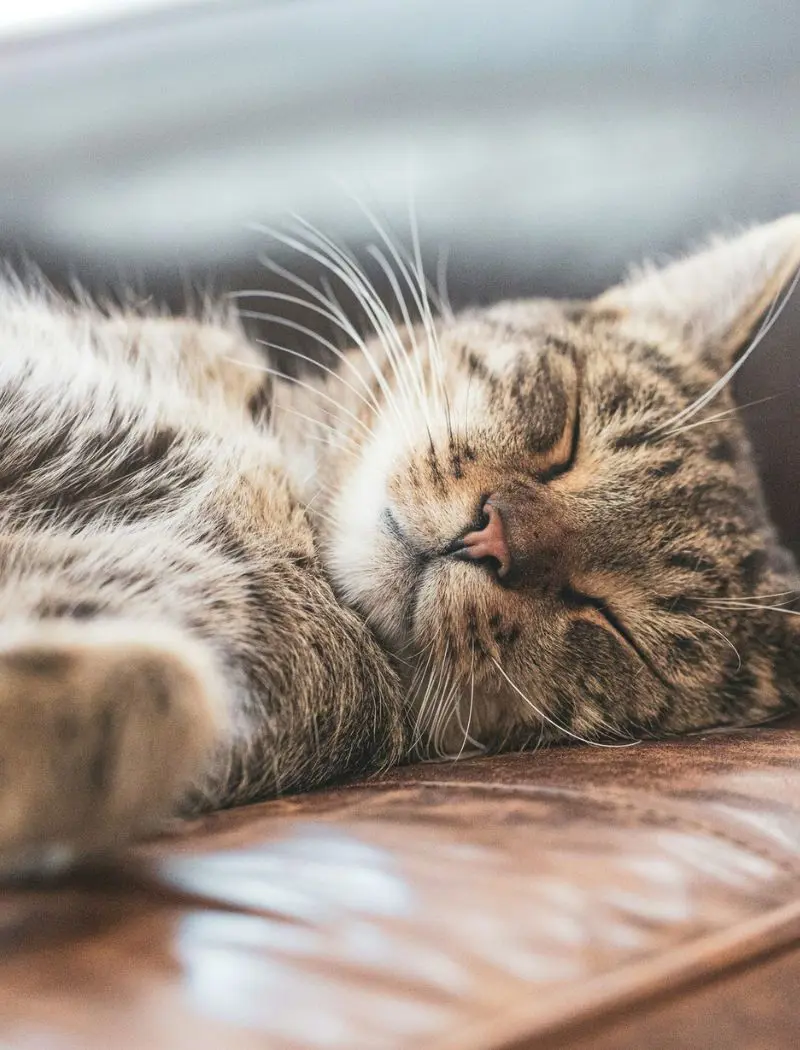
The immune system of a cat affected by this condition is actively fighting which may result in a slight increase in their body heat. This mild fever may make the cat seem lethargic or less active than usual, and it may spend more time catching some rest.
The fever is usually not severe but can be an indication that the cat’s body is trying to manage the infection. A mild fever may accompany other ringworm symptoms like hair loss or sensitive skin patches. It’s important to monitor the cat’s behavior and other symptoms even though mild fever is not usually alarming on its own.
Top Lists


